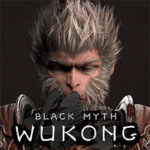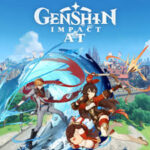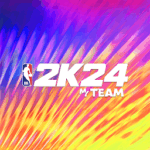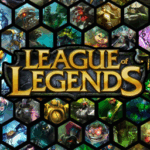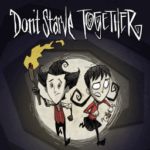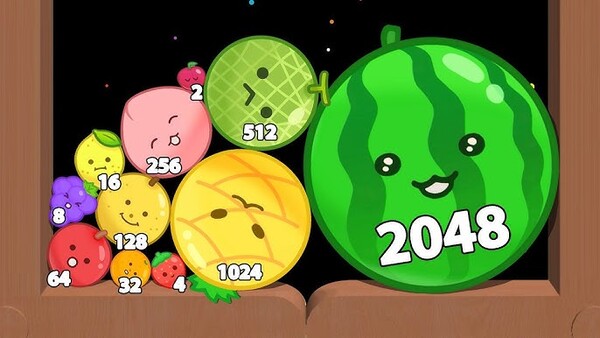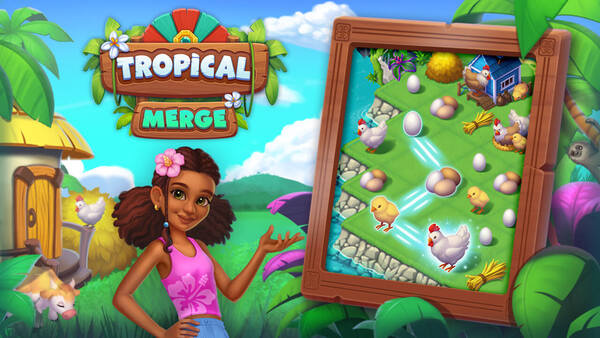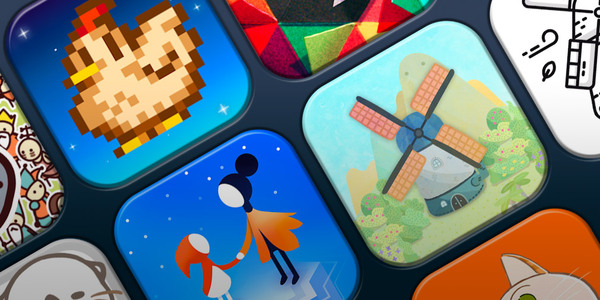The Legend of Zelda is one of the most influential and enduring video game franchises in history. Created by Shigeru Miyamoto and Takashi Tezuka, and first released in 1986 by Nintendo, this iconic series has shaped the adventure genre for decades. At its core, The Legend of Zelda blends exploration, puzzle-solving, real-time combat, and rich storytelling set in the mythical land of Hyrule and beyond.
Spanning over 30 titles, including mainline games, remakes, and spin-offs, Zelda has evolved with technology while retaining the timeless themes of courage, wisdom, and power. This article takes an expert-level deep dive into the legacy of The Legend of Zelda, from its early 8-bit roots to modern open-world masterpieces like Breath of the Wild and Tears of the Kingdom.
1. The Birth of a Legend: The Original Game (1986)
Released on the Famicom Disk System and later the NES, the original Legend of Zelda broke new ground in game design.
Revolutionary Concepts
-
Featured non-linear gameplay, allowing players to explore Hyrule in any order.
-
Introduced save functionality via battery backup—rare at the time.
-
Players had to discover secrets and dungeon locations organically.
Player Experience
-
The game didn’t hold your hand: there were no tutorials, no markers, and minimal instructions.
-
This sense of mystery and discovery became a core part of the franchise's identity.
The Legend of Zelda (1986) was not just a game—it was a blueprint for open-ended adventure.
2. A Link to the Past and the SNES Era
In 1991, Nintendo released The Legend of Zelda: A Link to the Past for the Super Nintendo Entertainment System (SNES), often cited as one of the greatest games of all time.
Game Innovations
-
Introduced the concept of dual worlds (Light and Dark World).
-
Perfected the top-down action-RPG formula.
-
Added narrative depth and complex dungeon design.
Fan Reception
-
Critics and fans praised its graphics, music, and intricate gameplay.
-
Its legacy still influences modern top-down indie titles.
This entry solidified the Zelda formula that would carry through many future installments.
3. Ocarina of Time and the Leap to 3D
In 1998, Nintendo revolutionized 3D gaming with The Legend of Zelda: Ocarina of Time on the Nintendo 64.
Key Features
-
Introduced Z-targeting, allowing precise combat in a 3D space.
-
Combined puzzle-solving, dungeon design, and emotional storytelling.
-
Used day-night cycles, horse-riding, and time travel.
Cultural Impact
-
Often ranked #1 in “greatest games of all time” lists.
-
Defined what 3D adventure games could be.
Ocarina of Time didn’t just transition Zelda to 3D—it redefined the entire gaming industry.
4. Wind Waker, Twilight Princess, and Stylized Storytelling
The 2000s saw a split in Zelda’s aesthetic and tone, with Wind Waker embracing a cartoonish style and Twilight Princess leaning into darkness and realism.
Wind Waker (2002)
-
Bold cel-shaded art divided fans at launch but later earned praise for its timeless visuals.
-
Focused on sea exploration, offering vast ocean travel and unique dungeons.
Twilight Princess (2006)
-
A return to darker themes, featuring wolf transformation, horseback combat, and expansive environments.
-
Designed to appeal to Western audiences and more mature fans.
Both titles explored the boundaries of what a Zelda game could look and feel like, expanding its visual and thematic palette.
5. Skyward Sword and the Motion Control Experiment
Released in 2011 for the Wii, Skyward Sword experimented with motion controls and served as a prequel to the entire series timeline.
Gameplay Mechanics
-
Required players to swing the Wii Remote to match enemy patterns.
-
Focused on sky exploration, flying between floating islands.
Mixed Reception
-
Praised for storytelling, dungeon design, and character development.
-
Criticized for repetitive tutorials, linear structure, and forced motion controls.
A later HD remaster for the Nintendo Switch addressed many of these issues, making it more accessible to a broader audience.
6. Breath of the Wild: Reinventing Open-World Adventure
In 2017, The Legend of Zelda: Breath of the Wild redefined not just the series but the open-world genre as a whole.
Major Shifts
-
Removed traditional dungeons in favor of Shrines and physics-based puzzles.
-
Players could go anywhere after the tutorial—true sandbox freedom.
-
Introduced durability mechanics, crafting, and environmental survival.
Critical Acclaim
-
Won numerous Game of the Year awards.
-
Sold over 30 million copies, making it the best-selling Zelda game ever.
Breath of the Wild was both a reinvention and a love letter to the exploratory roots of the franchise.
7. Tears of the Kingdom: A Sequel Done Right
Released in 2023, Tears of the Kingdom built upon the foundation of Breath of the Wild while introducing new mechanics and deeper lore.
New Features
-
Ultrahand and Fuse mechanics allow creative gameplay solutions.
-
Added sky islands and underground exploration, expanding verticality.
Story Expansion
-
Explored Zonai lore, Ganondorf’s return, and Hyrule’s ancient history.
-
Stronger character arcs, especially for Zelda and Link’s relationship.
This sequel proved Nintendo could iterate on a masterpiece and still surprise fans.
8. Music, Art Style, and Narrative Identity
From the 8-bit overworld theme to the orchestral scores of modern entries, music and art have always defined the Zelda experience.
Musical Evolution
-
Koji Kondo’s compositions are legendary, from “Zelda’s Lullaby” to “Gerudo Valley.”
-
Recent titles feature adaptive music that reacts to the player’s environment.
Artistic Diversity
-
Wind Waker’s cel-shading, Twilight Princess’s realism, Link’s Awakening’s toy-box visuals, and Tears of the Kingdom’s watercolor-inspired style all show the series’ versatility.
These elements enhance immersion and emotional impact, elevating the player’s connection to the world.
9. The Zelda Timeline and Lore Complexity
One unique feature of the franchise is its split timeline, officially revealed in the Hyrule Historia book.
Timeline Structure
-
After Ocarina of Time, the timeline splits into three branches:
-
Hero is defeated → A Link to the Past, Link's Awakening.
-
Hero is victorious (child) → Majora’s Mask, Twilight Princess.
-
Hero is victorious (adult) → Wind Waker, Phantom Hourglass.
-
Lore Elements
-
Recurring themes: Triforce, Master Sword, Hylia, Ganon, and reincarnation.
-
Every game adds layers to the mythos while staying accessible to newcomers.
While sometimes convoluted, the lore gives long-time fans a deeper connection to the Zelda universe.
Final Verdict: 9.6/10
| Category | Score |
|---|---|
| Gameplay Innovation | 10.0 |
| Story & Lore Depth | 9.5 |
| Visual & Audio Design | 9.5 |
| Accessibility | 9.0 |
| Replay Value | 9.5 |
The Legend of Zelda is more than a video game series—it’s a cultural institution. From 8-bit dungeons to sprawling open worlds, it continues to push the boundaries of interactive storytelling and game design. Whether you're a nostalgic fan or a newcomer drawn in by Breath of the Wild, there's a Zelda game for everyone.
With Tears of the Kingdom proving the franchise’s relevance in 2025, and rumors of more titles to come, the legend is far from over.

